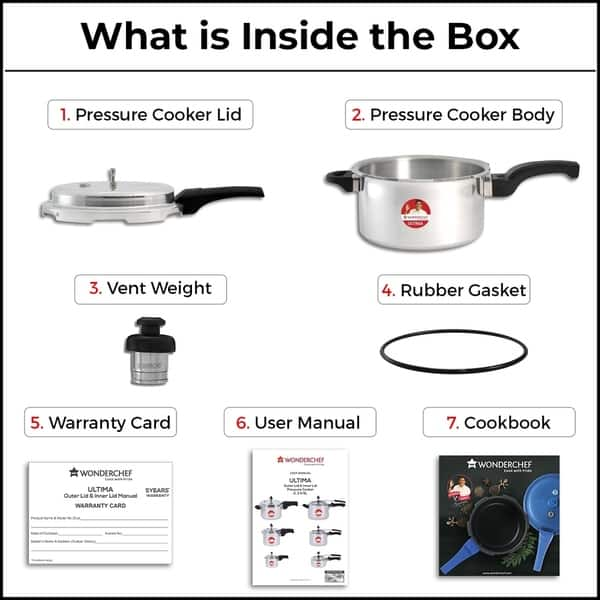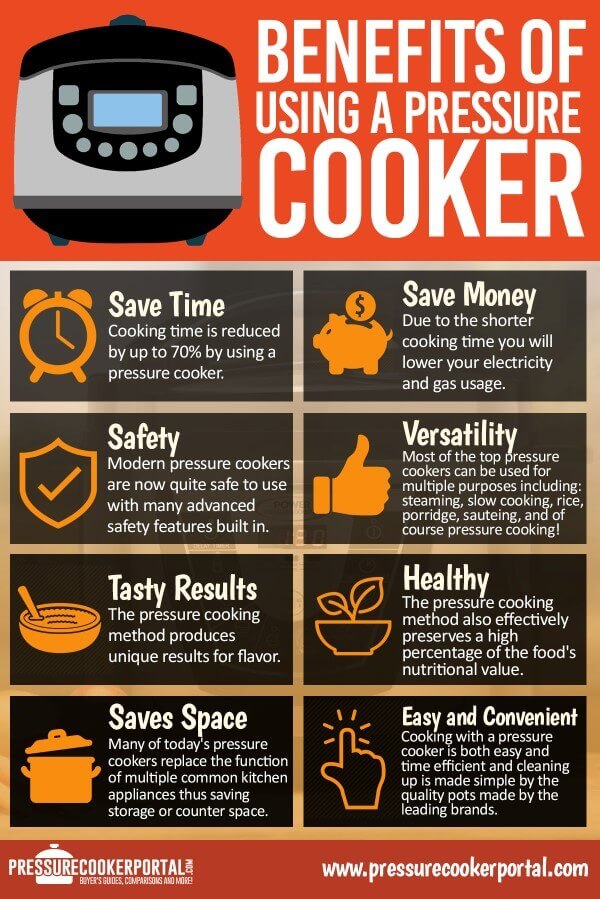The other day, when I was cooking, I started thinking about the ubiquitous kitchen aid in an Indian kitchen – the pressure cooker. Every household has at least one and many have multiple. I currently have two in different sizes and have over the years used different sizes depending on my need at that point.
In my extended family, we have almost to a person used pressure cookers from one particular brand, specifically those with a dome top which allows (according to me), slightly more items into the cooker than the other commonly available design which is slightly inserted into the pan.
For the uninitiated, pressure cooking is the process of cooking food under high-pressure steam, employing water or a water-based cooking liquid, in a sealed vessel known as a pressure cooker. High-pressure limits boiling and permit cooking temperatures well above 100 °C or 212 °F to be reached.
The pressure cooker was invented in the seventeenth century by the physicist Denis Papin. It works by expelling air from the vessel and trapping the steam produced from the boiling liquid inside. This raises the internal pressures and permits high cooking temperatures and together with high thermal heat transfer from the steam, cooks food far more quickly, often cooking in between half and a quarter the time for conventional boiling. After cooking, the steam pressure is lowered back to ambient atmospheric pressure, so that the vessel can be opened safely. Almost any food that can be cooked in steam or water-based liquids can be cooked in a pressure cooker.
In an Indian kitchen, a pressure cooker is an essential tool. An entire meal can be prepared in the cooker and many cooks including my mother do exactly that. Rice and the dal of the day are cooked together, saving both time and fuel. Many recipes, including mine, have the number of whistles from the pressure cooker as part of the recipe. For example, how many whistles to cook rice, dal or even chana is something a mother would impart to her child who is starting out using the pressure cooker. Every Indian child has memories of being woken up to the sounds of the cooker whistling or children and infants startled by the sounds. I remember BB & GG being so scared of the whistles from the cooker when they were infants and toddlers that I used to make sure I am around them to soothe them when this happened.
The early pressure cookers used to explode because of spurious spare parts and one of the original pressure cooker manufacturers in India, Prestige realised that while they could not counter the spurious spare parts sold by dealers across a country as large as India, they came up with a solution that would prevent the cookers from bursting even if spurious spare parts were used — the Gasket Release System. How this worked was whenever the cooker was overloaded or the safety valve blocked, the rubber ring or the gasket would be pushed out through a slot in the lid, thus releasing the excess steam.
Pressure cookers have many benefits. Cooking in a pressure cooker ensures that food retains most of their nutrients and are tastier. This is because food is cooked quickly and on high heat using minimal liquids which means food is less likely to lose its colour and nutrients. Pressure cooking is far more efficient than using multiple pots on separate burners and can result in significant energy savings. They are also best for one-pot recipes. Cooking time is greatly reduced as foods cook up to 70% faster when a pressure cooker is used, making it a handy tool to quickly get the meal on the table. Because you can do one-pot cooking in a pressure cooker, it is easier for clean-ups as there are fewer utensils to clean.
There is even a Pressure Cooker Baba temple in Siachen, close to India’s borders. The story behind it says that a pressure cooker in an army post on the glacier attracted a Pakistani heat-seeking missile, saving the soldiers it was aimed at. In gratitude, they built a shrine at the spot.
Today electric pressure cookers are taking over and in the distant future, the ubiquitous pressure cooker, a staple in every Indian home may find itself extinct, but till then, let’s celebrate and enjoy this kitchen gadget that has made so many yummy dishes for us.




